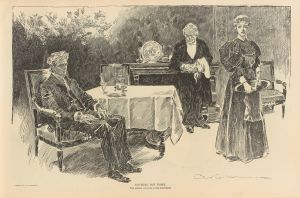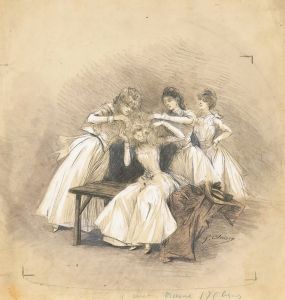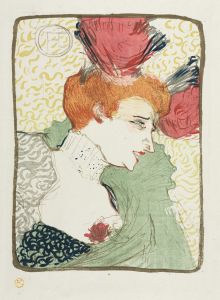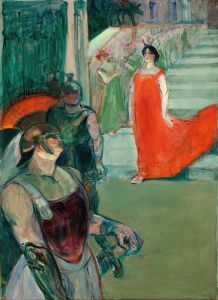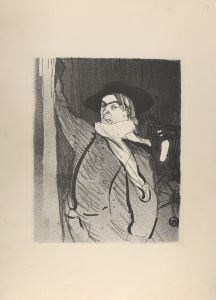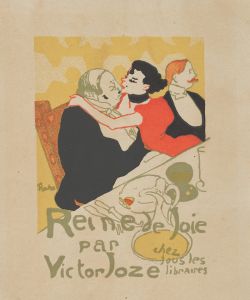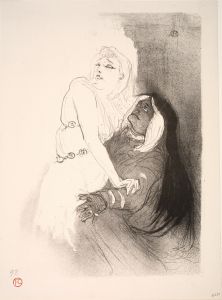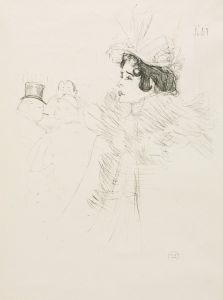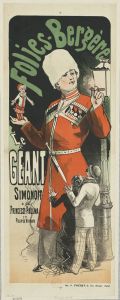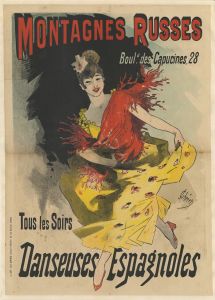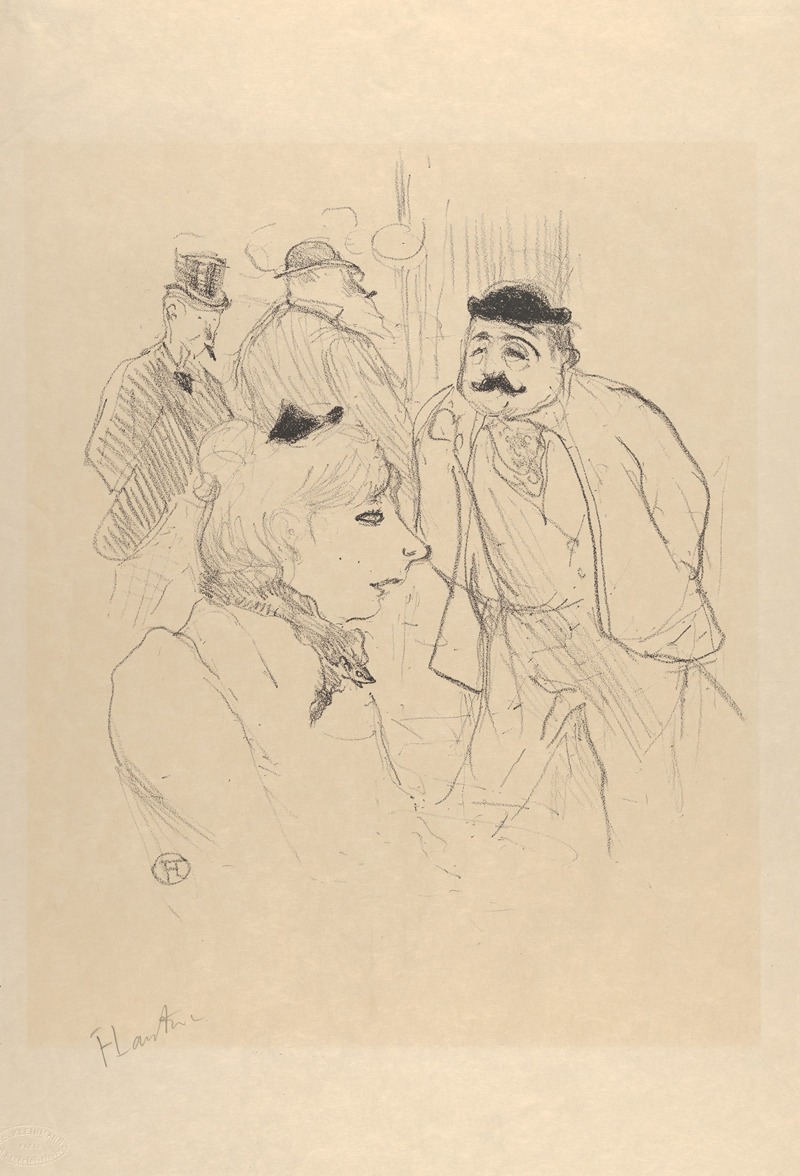
La Tige, Moulin Rouge
A hand-painted replica of Henri de Toulouse-Lautrec’s masterpiece La Tige, Moulin Rouge, meticulously crafted by professional artists to capture the true essence of the original. Each piece is created with museum-quality canvas and rare mineral pigments, carefully painted by experienced artists with delicate brushstrokes and rich, layered colors to perfectly recreate the texture of the original artwork. Unlike machine-printed reproductions, this hand-painted version brings the painting to life, infused with the artist’s emotions and skill in every stroke. Whether for personal collection or home decoration, it instantly elevates the artistic atmosphere of any space.
Henri de Toulouse-Lautrec, a prominent French Post-Impressionist painter, is widely known for his vivid depictions of Parisian nightlife during the late 19th century. Among his many works, La Tige, Moulin Rouge is a notable painting that reflects his fascination with the vibrant and often bohemian atmosphere of the Moulin Rouge, a famous cabaret in Paris.
The painting, whose title translates to "The Stem, Moulin Rouge," captures a moment within the cabaret, showcasing Toulouse-Lautrec's characteristic style of bold lines, dynamic composition, and expressive use of color. The work is believed to focus on a performer or individual associated with the Moulin Rouge, a recurring theme in his oeuvre. Toulouse-Lautrec often portrayed dancers, singers, and patrons of the cabaret, emphasizing their unique personalities and the lively energy of the venue. His works frequently blurred the line between portraiture and genre painting, offering a glimpse into the social and cultural fabric of Paris at the time.
Toulouse-Lautrec's connection to the Moulin Rouge was both professional and personal. He was commissioned to create promotional posters for the cabaret, which helped establish his reputation as an artist. His works often celebrated the performers and the atmosphere of the venue, capturing the essence of Parisian nightlife with a mix of glamour and raw authenticity. The artist's ability to convey movement and emotion in his paintings made him a key figure in the Post-Impressionist movement.
While specific details about La Tige, Moulin Rouge are limited, the painting is consistent with Toulouse-Lautrec's broader body of work, which often depicted scenes of entertainment and leisure. His art was deeply influenced by Japanese ukiyo-e prints, which can be seen in his use of flat planes of color, strong outlines, and unconventional perspectives. These elements are likely present in La Tige, Moulin Rouge, contributing to its visual impact and stylistic distinctiveness.
Henri de Toulouse-Lautrec's works, including La Tige, Moulin Rouge, remain celebrated for their ability to capture the spirit of an era. His paintings and posters not only document the cultural life of Paris but also reflect his keen observation of human behavior and emotion. Today, his art continues to be admired for its technical innovation and its poignant portrayal of the complexities of modern life.






